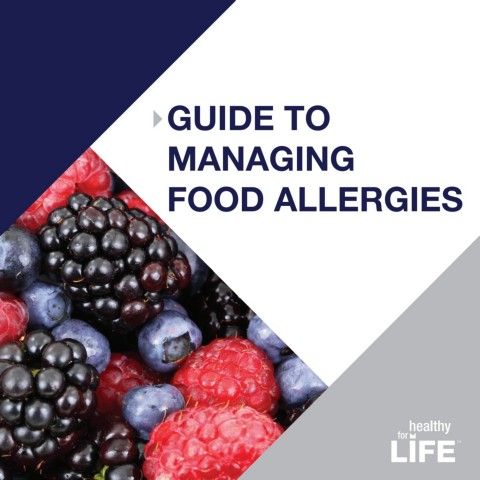Celiac disease is an autoimmune disorder in which the consumption of gluten, a protein found in wheat, barley, and rye, triggers an immune response in the small intestine. This immune response damages the lining of the small intestine and prevents the proper absorption of nutrients from food. The most effective treatment for celiac disease is adopting a strict gluten-free diet.
What is Gluten?
Gluten is a protein composite composed of two proteins, glutenin and gliadin. It gives dough its elastic texture and helps it rise during baking. While harmless for most people, individuals with celiac disease have an immune system that sees gluten as a threat and produces antibodies to fight against it, leading to inflammation and damage in the small intestine.
The Importance of a Gluten-Free Diet
A gluten-free diet is vital for individuals with celiac disease as it is the only known treatment to manage the condition effectively. By eliminating gluten from your diet, you can allow the small intestine to heal, preventing further damage and improving the absorption of nutrients.
What to Avoid
Adopting a gluten-free diet requires eliminating foods and products that contain gluten. Here are some common sources of gluten to avoid:
Wheat, including all forms like durum, semolina, spelt, and farro
Barley
Rye
Products made from wheat, barley, or rye, such as bread, pasta, cereals, crackers, and cookies
Processed foods that may contain hidden sources of gluten, like sauces, dressings, and soups
Some alcoholic beverages, such as beer and malted drinks
Gluten-Free Alternatives
While it may seem challenging to eliminate gluten from your diet, there are numerous gluten-free alternatives available. Here are some examples:
Gluten-free grains and flours such as rice, corn, quinoa, buckwheat, and gluten-free oats
Vegetables, fruits, and legumes
Lean meats, poultry, and fish
Dairy products
Gluten-free bread, pasta, and baked goods made from alternative flours
Gluten-free substitutes for sauces, dressings, and condiments
Reading Labels
Reading food labels thoroughly is crucial for determining if a product contains gluten. Look for labels that indicate the product is gluten-free or certified gluten-free. Additionally, familiarize yourself with ingredients that may contain gluten, such as malt, modified food starch, and wheat derivatives.
Benefits of a Gluten-Free Diet
Adopting a gluten-free diet can have several benefits for individuals with celiac disease:
Improved digestive health
Decreased inflammation in the small intestine
Reduced risk of nutrient deficiencies
Improved energy levels and overall well-being
Prevention of long-term complications associated with untreated celiac disease
Seeking Professional Guidance
Consulting with a registered dietitian who specializes in celiac disease and gluten-free diets can be incredibly helpful. They can guide you in creating a well-balanced gluten-free meal plan, educate you about hidden sources of gluten, and answer any questions you may have.
The Journey to a Gluten-Free Life
Transitioning to a gluten-free life can be challenging at first, but with time and proper guidance, it becomes manageable. Joining support groups or online communities can provide valuable tips, recipe ideas, and emotional support.
Remember, sticking to a gluten-free diet is vital for managing celiac disease and promoting optimal health. With dedication and education, individuals with celiac disease can live a healthy, fulfilling, and gluten-free life.









